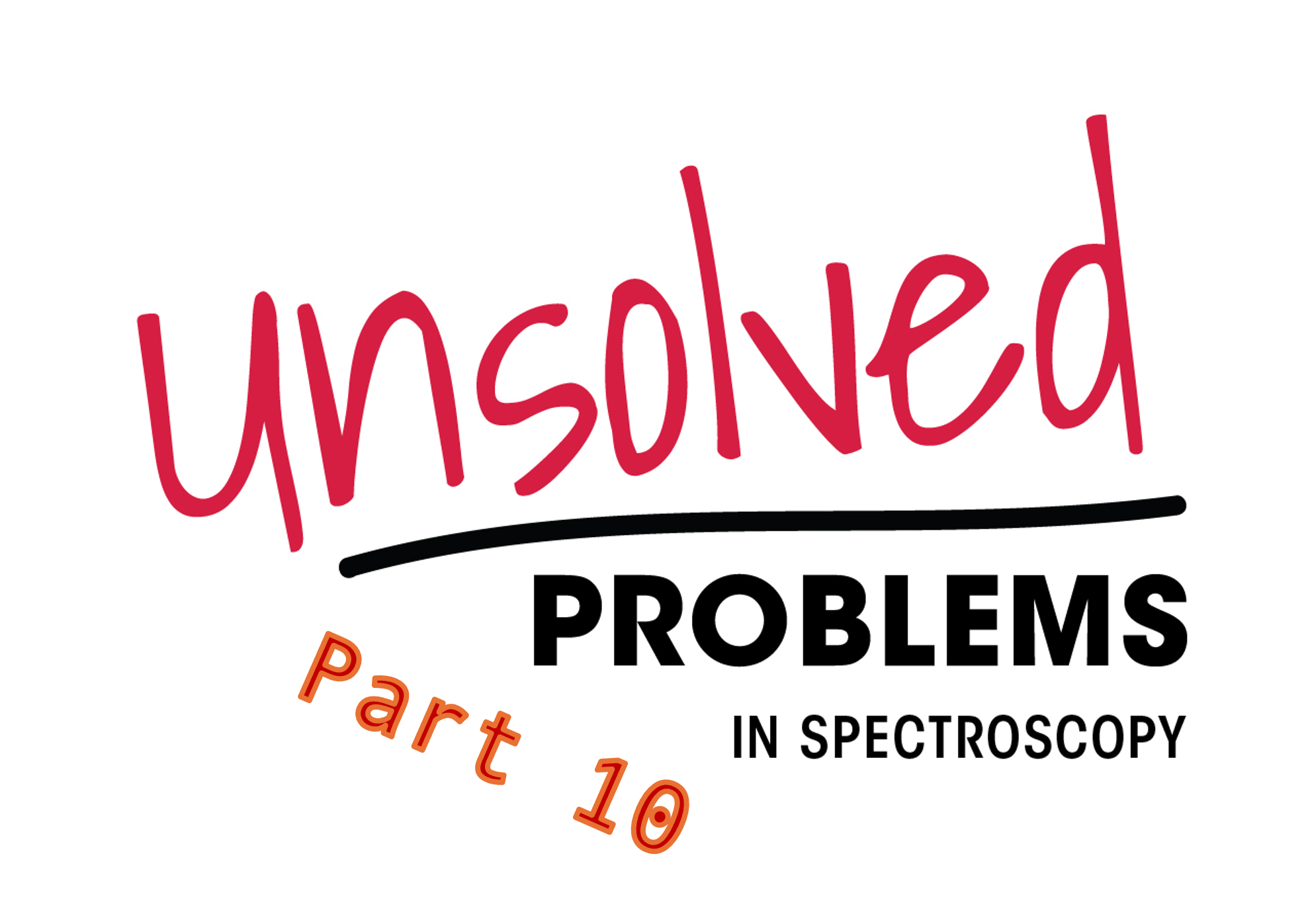Article
Screening Affinity Agents for Use with SERS
Author(s):
Christy L. Haynes, of the University of Minnesota (Minneapolis and Saint Paul, Minnesota), has been working with her research team to explore the use of a rapid and facile technique to empirically screen affinity agents of diverse compositions for all manner of targets. Here, she describes the advantages of using isothermal titration calorimetry (ITC) for screening of polymer affinity agents for use with surface-enhanced Raman scattering (SERS).
Sensing schemes in analytical chemistry rely on affinity agentsÂ-molecules with a tendency to aggregate or bond. While natural receptors, such as antibodies, have traditionally led in the field of sensor affinity agents, a movement toward designing and synthesizing selective affinity agents such as small molecules, aptamers, and polymers is growing. However, synthetic affinity agents, which are designed from molecular hypotheses, require screening methods to test their binding ability. Christy L. Haynes, of the University of Minnesota (Minneapolis and Saint Paul, Minnesota), has been working with her research team to explore the use of a rapid and facile technique to empirically screen affinity agents of diverse compositions for all manner of targets. Here, she describes the advantages of using isothermal titration calorimetry (ITC) for screening of polymer affinity agents for use with surface-enhanced Raman scattering (SERS).
You and your group have developed a technique that screens affinity agents for use with SERS using isothermal titration calorimetry (ITC). What prompted you to use ITC as an affinity agent screening method for SERS detection of aflatoxin B1 (AFB1), which you described in a recent paper (1)? How precisely is ITC used for making the SERS measurements?
Because we are inherently interested in moving toward less-specific affinity agents in hopes of enabling multiplex sensing in the long run, we became interested in polymer affinity agents. ITC is commonly used to characterize the binding between polymers and other species (such as small molecules, peptides, and DNA). So, in this case, ITC allowed us to screen for polymers that would interact with our target species.
Why is ITC a good choice for screening affinity agents?
ITC allows you to quantitatively characterize the thermodynamic affinity between the polymer affinity agent candidates and the target.
Why did you select AFB1 as an example compound for separation and detection over other relevant small molecules including drugs, pesticides, or other biological toxins? What is the potential of ITC and SERS for analysis of these other compounds?
We selected AFB1 as a target because there is actually an industry-identified need for a fast, simple AFB1 sensor to track AFB1 contamination of the food supply. In fact, AFB1 is one of many small-molecule mycotoxins, and the long-term goal of this work is to detect various mycotoxins, including AFB1, simultaneously using a single SERS-based sensing platform.
What challenges did you encounter in developing this technique?
It became clear that the ITC-predicted affinity alone did not necessarily identify the best SERS-based affinity agent. This is true because ITC is done in solution phase while SERS is done with the polymer bound to a substrate. It became clear that we need to balance the ITC-predicted affinity with the known distance dependence of SERS signals (or only screen short polymers using ITC).
Have recent ITC instrument innovations aided in speeding up sequential analyses?
We were using fairly standard ITC equipment and procedures (with the usual method optimization require). Any future innovation that allows measurements on smaller volume samples or more sensitive measurements would be beneficial for this work.
Would you describe your approach to discovery and research? What are your greatest challenges in managing your research program?
I’m driven by scientific questions that are at the messy interfaces between disciplinary areas with the potential to impact human health or the environment. A lot of my work is inspired by working with excellent, broad-thinking collaborators whose expertise is in a field distinct from my own. The greatest challenges in managing a program like this is running the risk that the work will be so broad in context that no specific discipline fully recognizes or claims the work; this can be manifested as difficulty publishing or less recognition. For the most part, I have been pleasantly surprised by acceptance and interest in my group’s results.
What do you think is the future potential for this technique in analytical chemistry?
I think the potential for SERS in analytical chemistry is high, largely because water-based solutions can be analyzed (unlike using infrared spectroscopy) and because structured molecular signatures can be achieved for distinct molecules (unlike in fluorescence spectroscopy). The advances in nanostructure fabrication and scale up over the last few decades makes future analytical applications of SERS even more likely. For a while, there was a sense that the field would need to understand, generalize, perfect, and scale up single molecule SERS before true analytical advances would emerge, but it is now clear that traditional ensemble-averaged SERS has great potential on its own.
Reference
- V.M. Szlag, S.Jung, R.S. Rodriguez, M. Bourgeois, S Bryson, G.C. Schatz, T. M. Reineke, and C.L. Haynes, Anal. Chem. 90, 13409–13418 (2018).
ÂÂÂÂÂÂÂÂÂ
Christy L. Haynes

Christy L. Haynes is a professor of chemistry , an Elmore H. Northey professor, and a Distinguished McKnight University Professor, all at the University of Minnesota,. Her research group focuses on applications of analytical chemistry in the fields of immunology and toxicology, with expertise in the area of single-cell analysis. She is the winner of the 2018 Royal Society of Chemistry Theophilus Redwood Award, which will be presented to her at SciX 2019 on October 14, in Palm Springs, California.
Newsletter
Get essential updates on the latest spectroscopy technologies, regulatory standards, and best practices—subscribe today to Spectroscopy.





